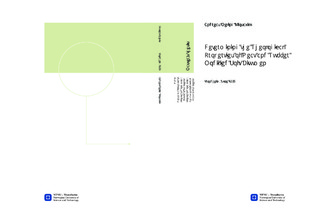Determining the Rheological Properties of Neat and Rubber Modified Soft Bitumen
Master thesis
Permanent lenke
http://hdl.handle.net/11250/232436Utgivelsesdato
2013Metadata
Vis full innførselSamlinger
Sammendrag
The properties of bitumen as an asphalt binder are dependent on temperature. At high temperatures, the bitumen softens enabling permanent deformation of the pavement. At low temperatures, the bitumen becomes stiff and inflexible and can crack as a result of strain and thermal contraction. Adding rubber from ground car tires increases the stiffness at high temperatures while maintaining or improving the flexibility of the binder at low temperatures. This thesis studies the interaction between bitumen and rubber by producing rubber modified binders using different mixing times. Two rubber types, special and normal rubber, and a reference binder are compared to find differences in the reactive properties of the rubber and the impacts on key indicators of binder performance. Laboratory testing was done using the Dynamic Shear Rheometer and Bending Beam Rheometer on binder in its original state and after short or long-term aging.The results show that the rubber modified binders have improved resistance to permanent deformation at high temperatures compared to the reference binder. The resistance to fatigue and thermal cracking at low temperatures is significantly better for the special rubber than the normal rubber, which is significantly better than the reference binder. Mixing time is only significant for the rubber modified binder in its original state, whereas the properties of the reference binder are permanently altered as a result of the mixing. It was not possible to find a clear difference in the reactive properties of the two rubber types. The performance difference is attributed to differences in the properties of the rubber particles.
